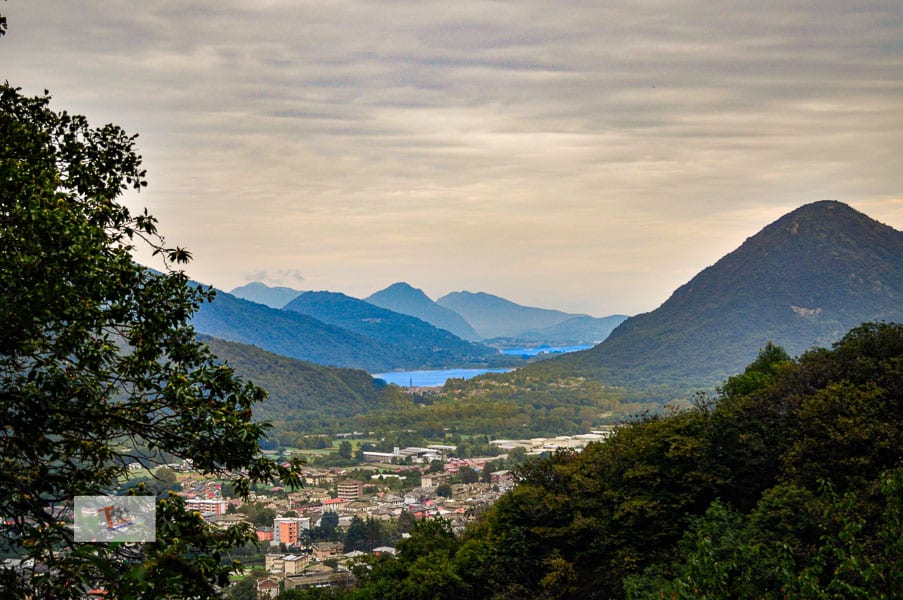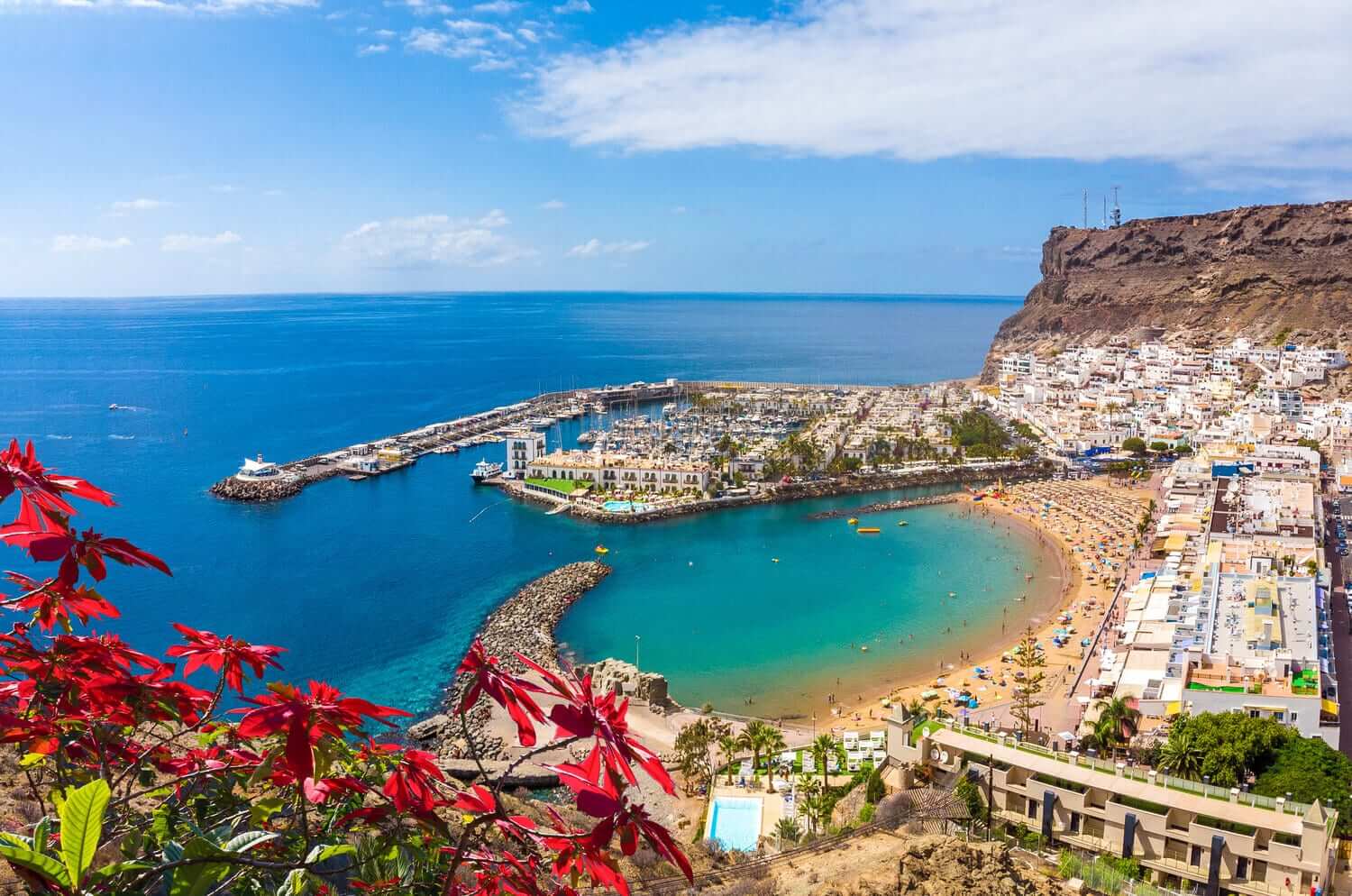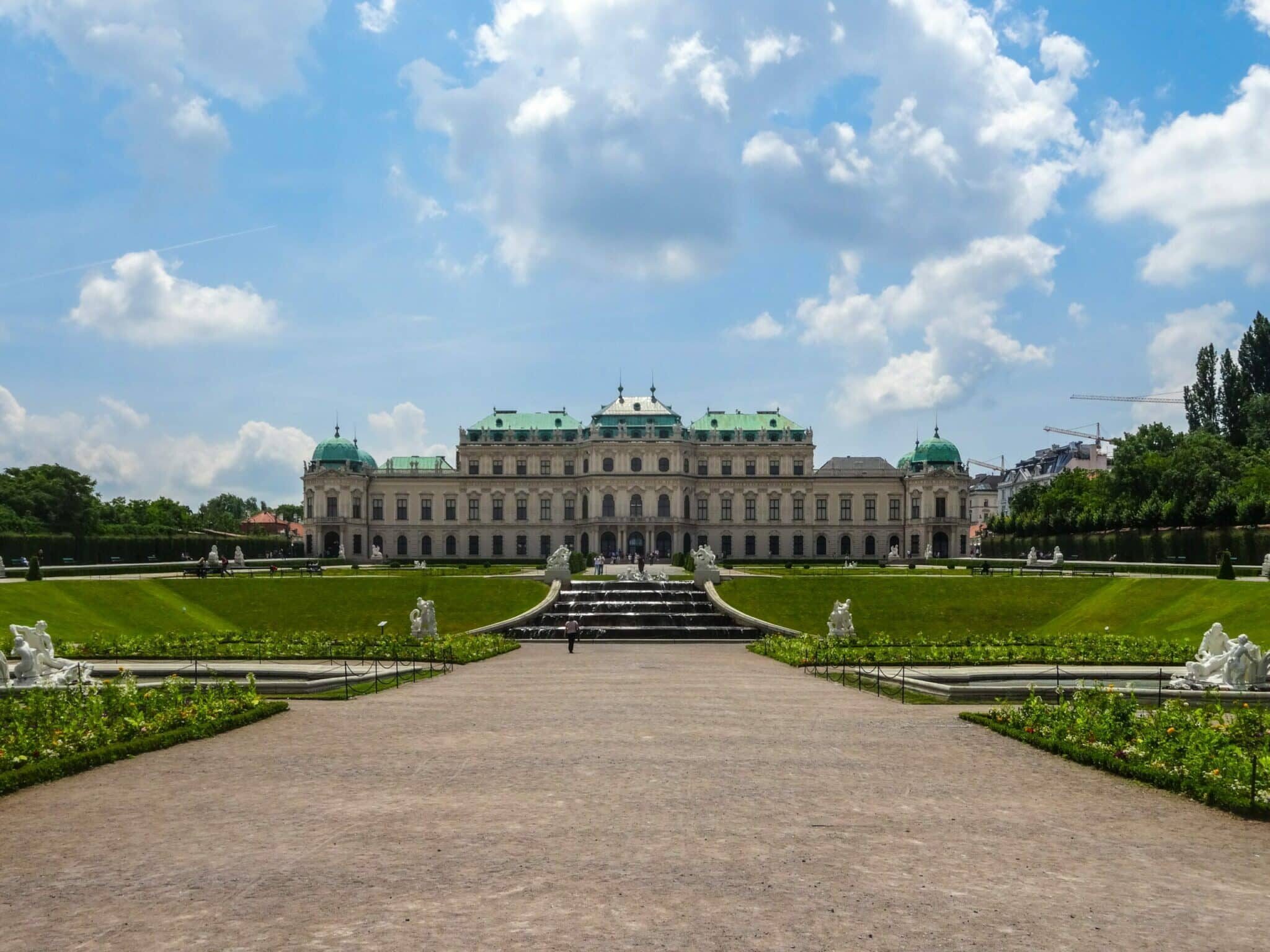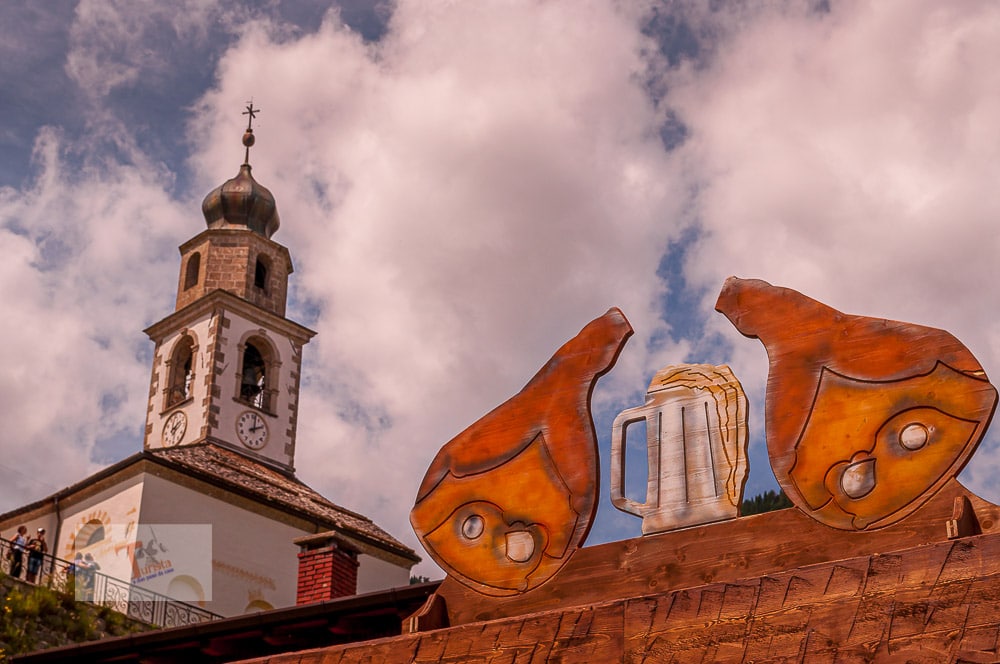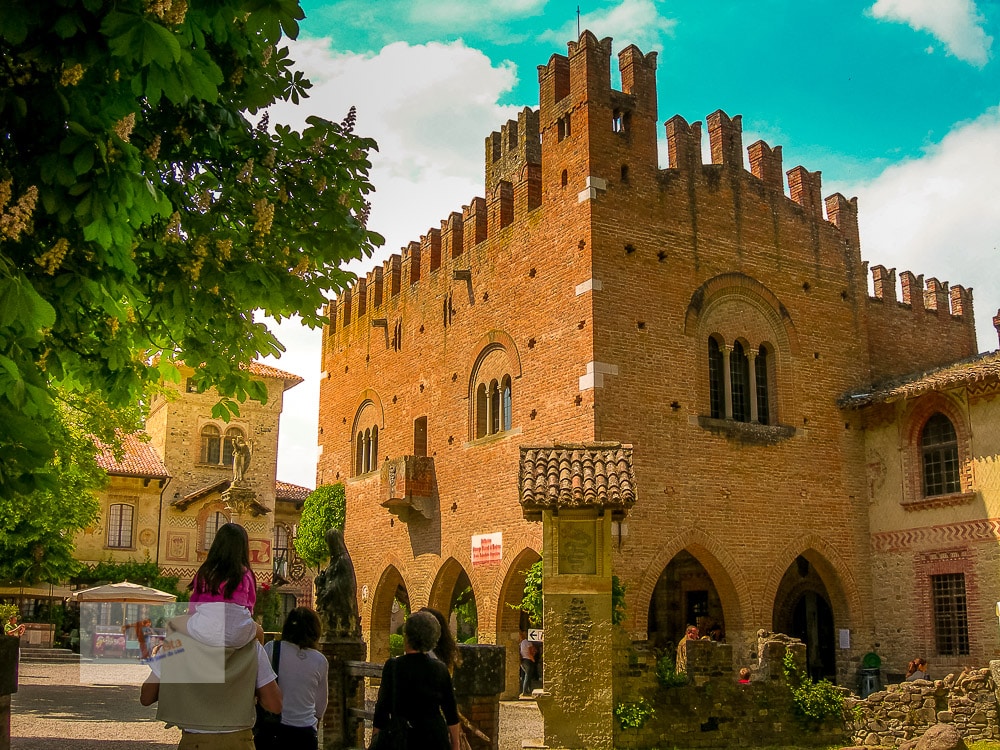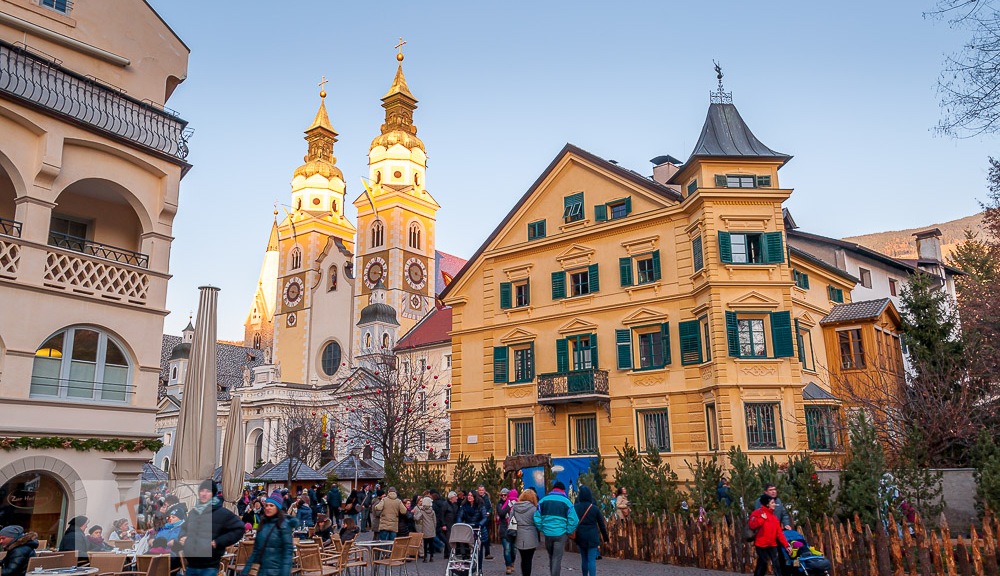Ornavasso is a Piedmontese town located on the Cadorna Line, the system of fortifications designed by General Luigi Cadorna, designed to defend the northern border of Italy during the First World War.
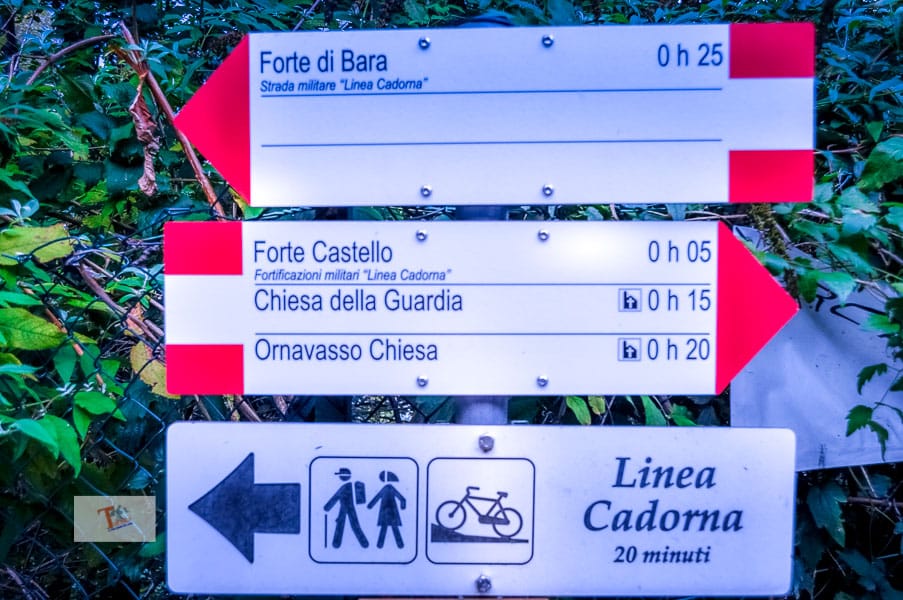
Today important traces of this military structure remain. Several sections have been restored in memory of that important historical period and which today are part of beautiful trekking routes, among woods, mountains, churches, and mountain chapels. but not only. The itinerary of Ornavasso, a locality in the province of Verbo-Cusio-Ossola, not far from the capital Verbania, is evidence of the Cadorna Line, around which a circular route has been created that develops upstream of the town.
Most of the route goes along the road that climbs and flanks the mountain from the center of Ornavasso, up to the Forte di Bara, from where, with a descent made in hairpin bends, you return to the starting point. We are also in an area marked by important religious testimonies.
Let’s go
Better to get to Ornavasso by train and at the exit of the train station that crosses the town center we move onto Via Grasse, reaching the upper part of the town to take the mule track that climbs to the parish church of San Nicola.
The parish church of San Nicola
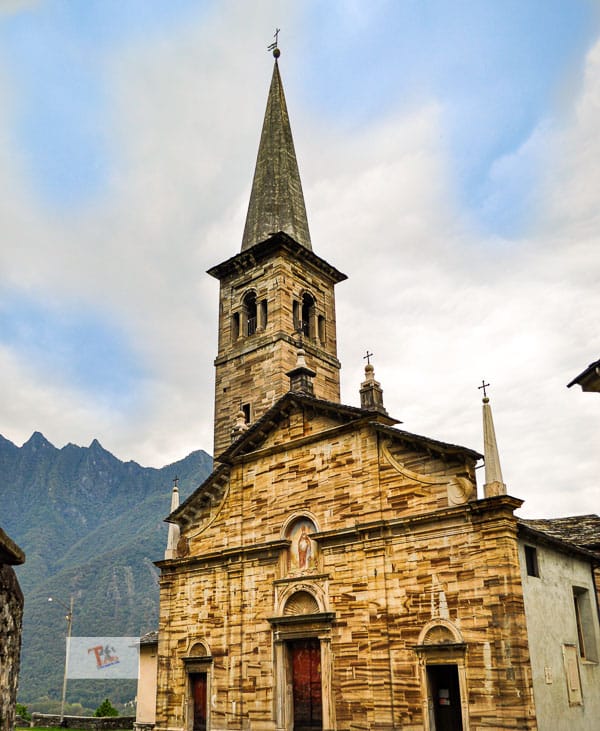
Before continuing on our journey we stop to admire this strange-looking church which dates back to 1500. It would have risen on a previous building dedicated to Sant’Abate, by the will of a local family, whose progenitor escaped a storm at sea during the time of the Crusades and who, out of thanks, for having saved his life, wanted to build this church. The sacred building turns its back on the town. The interior is dark, lit only by natural light and by that of the votive candles that pilgrims light at the address of the Saint to whom the church is dedicated. I am also curious about the aesthetics of the two-color marble that creates an excellent chromatic effect.
Not far from the church there is a staircase leading to another place of worship, which we will visit later, the Church of the Madonna della Guardia. First, we have to reach the Boden Sanctuary. In the Walser language, spoken in these parts, the term “boden” indicates the plain, understood as the plain.
Towards the Sanctuary
To reach the Sanctuary we take the small road that starts to the left of the staircase. Initially, it presents itself with a bumpy, narrow, and poorly maintained section. This dirt road will take us to the first of the chapels of the Via Crucis. Which we will leave behind to go up to the other points where the chapels are located. At the top of this “pilgrim route”, we will find ourselves in front of the Boden Sanctuary. We are 475 meters above sea level.
The Boden Sanctuary
The sanctuary of Boden was formerly a consecrated oratory, born from a pre-existing chapel where, according to the legend, a shepherdess saw the Madonna appear. The current appearance of the church is the result of some renovations, such as those of the eighteenth century, during which the choir, the chapels of San Giulio and San Bartolomeo, the sacristy, and a portico were added. Later the side aisles were built and the altar was renovated. Today the Sanctuary of the Boden looks like a church with three naves divided by four arches of which the last two open onto the presbytery. Every year, on September 8, a particular religious festival takes place here which attracts hundreds of faithful.
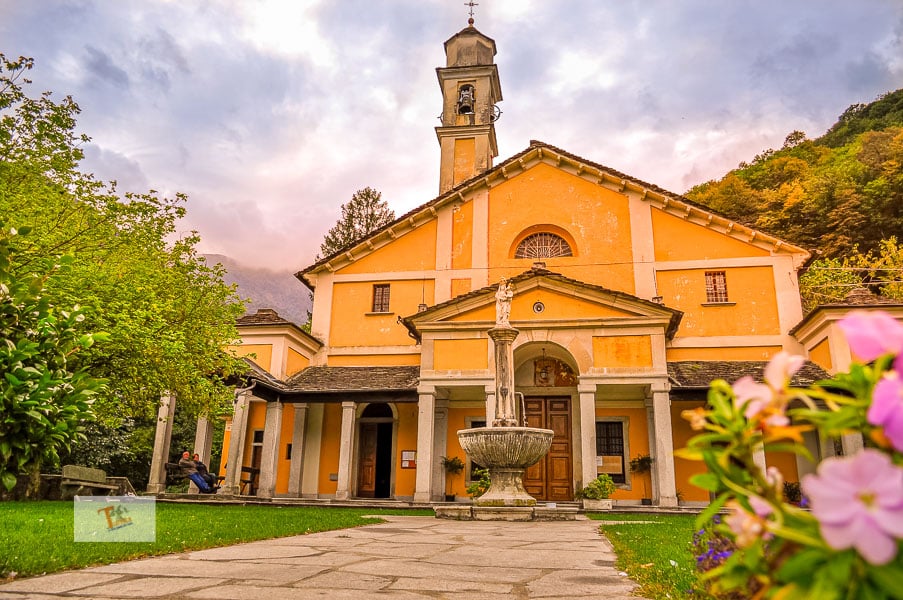
We arrived here to follow the Cadorna Line and we came across two churches, but now it’s time to set out following the carriage road that goes down to Ornavasso and at the first bend we take the military road that leads to the ancient Marble Quarry. The marble used for the construction of the Milan Cathedral was once extracted from this quarry (which can be visited by appointment ) . Ornavasso marble has been known since Roman times. At the Castello Sforzesco in Milan you can admire some steles of the 1st and 2nd century AD in marble extracted from the quarries of this area. Admired the entrance to the quarry, the path allows us to make a detour, and back on the road, step by step we arrive at the Church of the Madonna della Guardia. Also in this case our visit is external. The church building appears apparently closed.
Church of the Madonna della Guardia
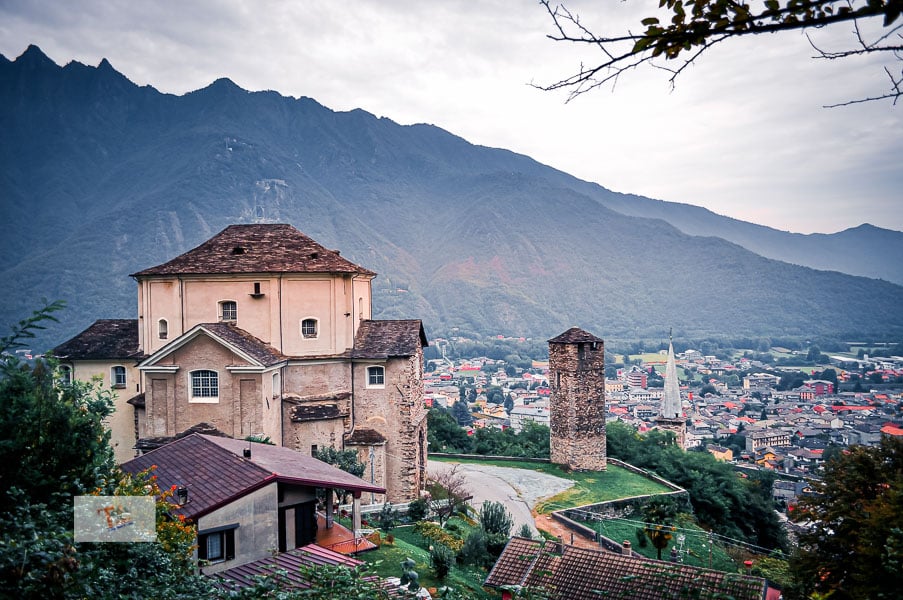
The “Della Guardia” Sanctuary takes its name from the promontory on which it stands. It is named for the presence of an ancient signal tower dating back to the fourteenth century. This tower was part of a defensive sighting system made up of several visually communicating towers.
Towards the Fort of Bara
Following the mule track that flanks the church, you return to the quarry and continue walking along the military road which in some places offers us a wonderful view of Lake Maggiore, a ravine, lots of greenery, and silence. After about thirty minutes we arrive at the Forte di Bara, the defensive work of the Cadorna Line, consisting of some pitches supported by stone walls.
The Fort of Bara
The Forte di Bara is also an excellent vantage point on Lake Maggiore . You can admire the area with binoculars that have been installed for the occasion. This is also the main barrier point of the Strait of Migiandone, which is the narrowest place in the Toce valley and the main access road from the lakes to the Ossola passes. The Forte di Bara was a fortified position equipped with long-range cannons whose purpose was to protect the trench system of Ornavasso and Migiandone. A plaque, on the other hand, recalls the fight between the Alpine troops and the partisans against the German army in October 1944 in defense of the Ossola Partisan Republic. Today on the terrace you can still see a post for the mortar, the cannon, and the flag pole.
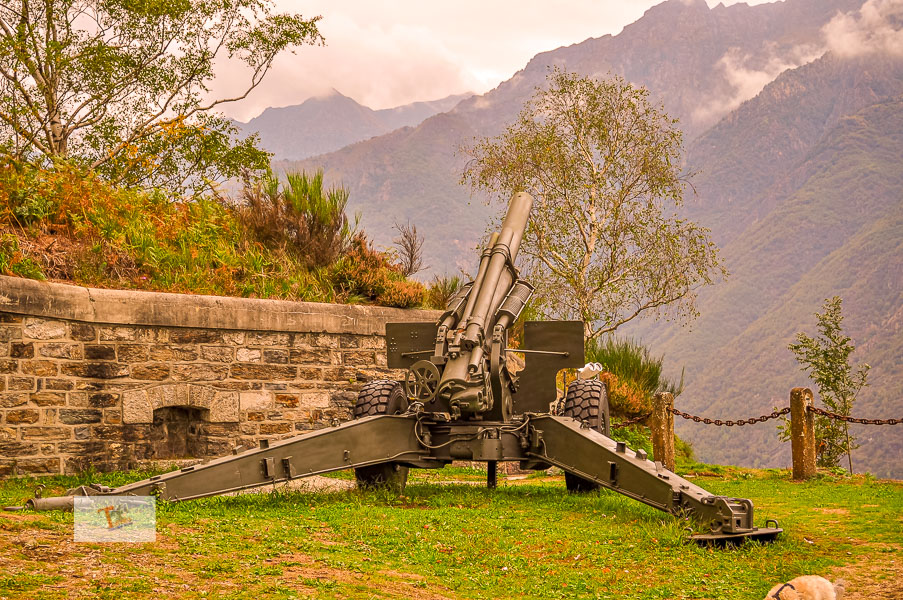
Following the military road, which descends towards the valley floor and reaches the square of Punta di Migiandone, here are the defensive trenches that housed the machine gun positions. At the beginning of the road there is a cannon in memory of the defensive structures. From the square of Punta di Migiandone, following country lanes that run along the rock face we arrive at the Rose lake and, continuing on internal roads, we reach Ornavasso to take the train back to Milan.
How do I get to Ornavasso?
You can arrive by car following the A26 motorway (Genova Voltri-Gravellona Toce), exit Ornavasso, while by train, the Ornavasso station is on the Sempione line Milan-Domodossola and Novara-Domodossola.

